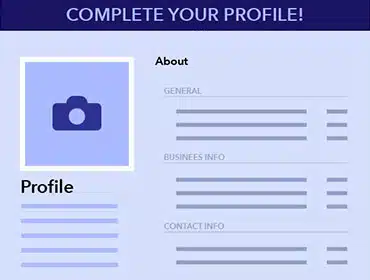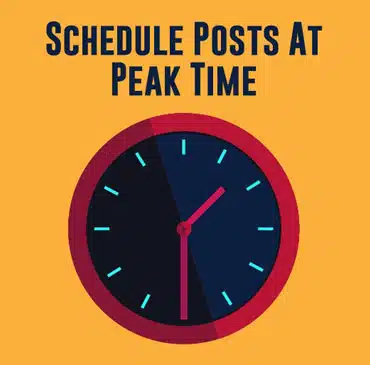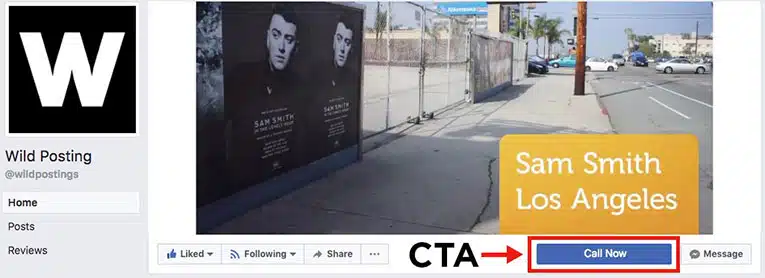Most marketers recognize the importance of maintaining a strong presence on Facebook, yet many business pages fall into neglect over time.
Branded Facebook pages and their organic communities require consistent care to grow—much like a plant. They thrive with regular attention, occasional pruning of outdated posts, a steady stream of creative content, and periodic “fertilization” through targeted campaigns or updates. Unfortunately, marketers often sabotage organic growth by ignoring the day-to-day engagement that sustains a thriving page.
The good news? It doesn’t take much to keep your Facebook page active and engaging. Just a few minutes a couple of times per week can turn it into a reliable channel for organic reach and brand visibility.
Once you build a solid foundation, your organic Facebook marketing efforts will become even more powerful and cost-effective.
Ready to give your Facebook page and community the attention they deserve? Start with these five actionable steps today.
1. Complete Your Business Profile
Your first step is to review and refine your current profile information and the “About” section on your page. Is everything up-to-date, engaging, and easy to understand?
Double-check that your business hours, phone number, address, contact details, and website links are accurate. Select the most relevant categories for your business type and interest areas to ensure better discoverability.
Next, add a concise but compelling “Story” section. Share how your brand has grown or evolved since its inception and highlight what you and your team are truly passionate about. This personal touch can make your business more relatable and memorable.
Surprisingly, many people read these sections in detail. Facebook is increasingly used as a modern-day business directory, so make sure all the necessary information is readily available to help potential customers make informed decisions.
2. Share a Team Photo to Build Connection
Gather everyone in the office for a quick team photo! Bonus points if you include a pet, a fun prop, or something quirky that shows your team’s personality.
It doesn’t matter if the photo isn’t perfect—what matters is showing your audience the humans behind your brand. By posting a photo of your team, you present your company as relatable and authentic, which helps you connect with your audience on a personal level.
Consider pinning the team photo to the top of your timeline or using it as your cover photo if you don’t have one that feels personal yet.
Make it a habit to capture behind-the-scenes moments during team meetings, office events, or casual get-togethers. The more real-life glimpses you share, the more you’ll foster meaningful connections with your audience as people, not just a business.
3. Schedule a Post for a Peak Engagement Time
Head over to the “Insights” tab on your Facebook page to review your weekly engagement trends. If you’ve been posting consistently—about 1-2 times per week—you should notice patterns of peak and low engagement times.
Identify a time slot with strong past performance and schedule an upcoming post for that exact time. Additionally, choose a second time slot, perhaps one you suspect might also perform well, and schedule a post similar in content to your previous high-performing one.
When these posts go live, monitor their engagement metrics. You’ll gain valuable data to refine your posting strategy, helping you determine the best times to post for maximum reach and interaction.
Don’t be afraid to experiment with a mix of post times and content types. Consistent analysis and adjustment are key to optimizing your social media performance.
4. Enable Audience Targeting for Organic Posts
Did you know you can target your regular Facebook posts just like you do with paid promotions? This feature allows you to focus on specific, action-driven audiences without spending any additional money on paid social campaigns.
To activate this option, go to your page’s **Settings** tab under **General**, and check the box for “Allow preferred audience selection and the ability to restrict the audience for your posts.” Once enabled, you can click the crosshairs icon when creating a post to define a custom audience for that specific post.
Why should you use targeting for organic posts? It lets you craft messages tailored to particular segments of your audience, ensuring your content resonates more effectively. Additionally, it’s a powerful tool for experimenting with various demographics and interest groups to discover who engages most with your posts.
For example, try creating a targeted organic post offering an exclusive deal for followers in a specific interest group. Test different parameters and observe how your audience responds. This approach not only helps you pinpoint your ideal audience but also provides valuable insights into what motivates them to take action.
5. Update or Add a Call-to-Action (CTA) Button on Your Page
Facebook pages now feature a prominent **Call-to-Action (CTA)** button located just below the cover photo. This button can be customized to fit your business goals and guide users toward specific actions, such as:
- Visiting a website page to place an order or “Learn More.”
- Calling your business directly from the Facebook app.
- Booking appointments through your preferred scheduling platform.
- Redirecting users to a landing page or signup form.
- Encouraging email submissions for newsletters or offers.
Review all available options in the **Edit Button** settings to determine the most suitable action for your audience and goals. Once updated, monitor your page’s analytics to evaluate whether the change improves conversions, lead generation, or overall engagement.
Regularly revisiting your CTA ensures it stays aligned with your evolving business objectives.
Facebook Marketing Deserves Your Focus to Help Your Audience Flourish
Implementing these steps can significantly boost your Facebook page’s appeal, increase audience engagement, and give your page the care it needs to grow and succeed. By dedicating time to enhance the experience for your community, you’re not only improving your page but also building a stronger connection with your audience.
This closer relationship can have a lasting positive impact on your brand, fostering loyalty, trust, and long-term success.




